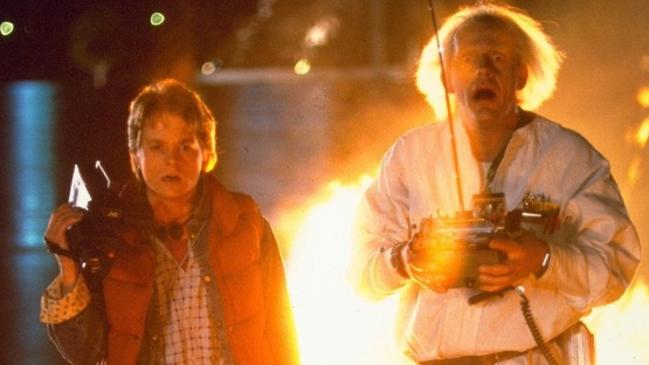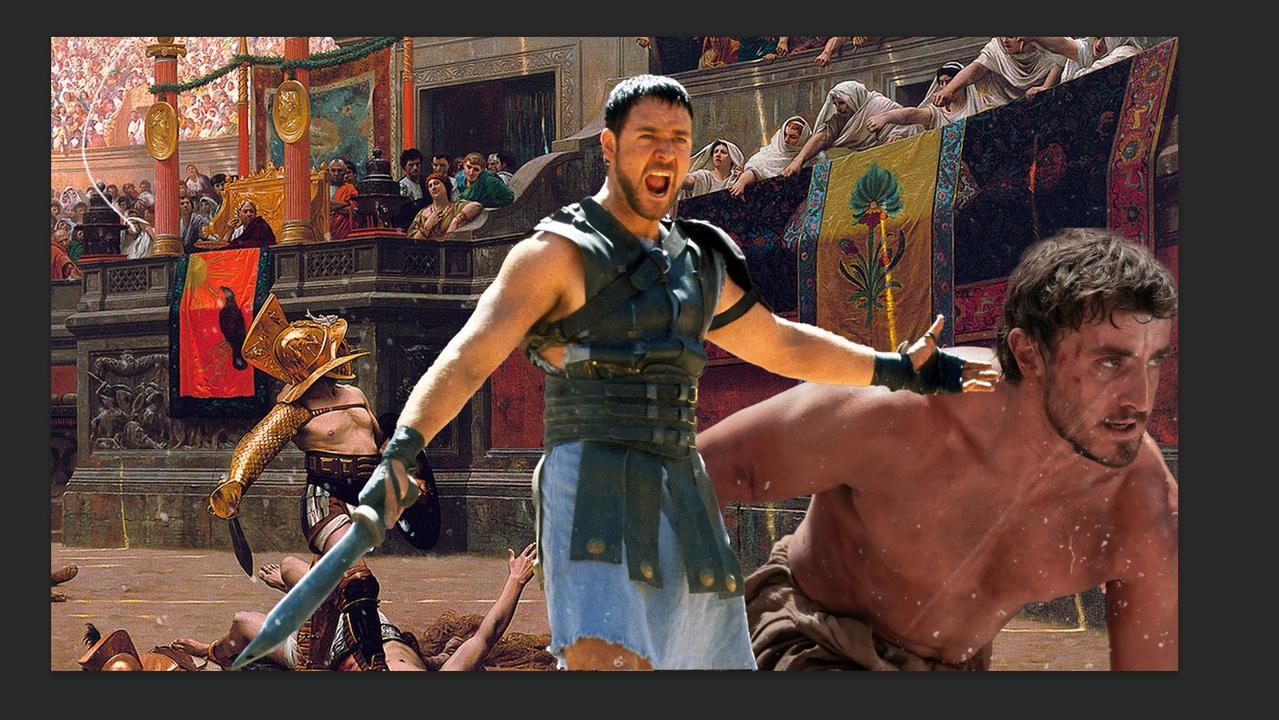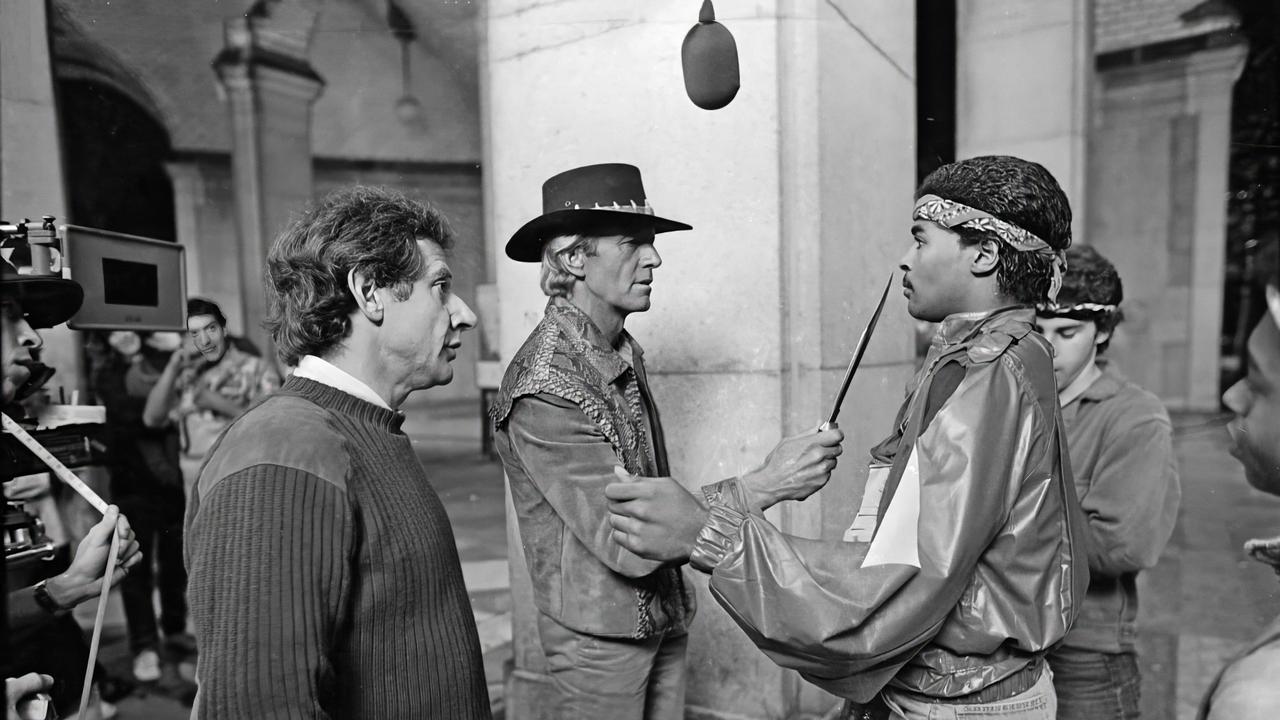Back to the Future: That’s the power of love
Today is the day Marty McFly travelled to in Back to the Future. What the filmmakers didn’t predict: the film’s longevity.

Trivia has a way of separating everyday fans from the tragics. Take Back to the Future, the 1985 film starring Michael J. Fox, and the two sequels.
Not everyone would be aware, for instance, that the time travelling device initially was conceived as a fridge instead of a DeLorean. More widely known may be the fact Eric Stoltz was first cast as Marty McFly, how it wasn’t until five weeks into filming that producers decided to start over with a new actor, someone who had a better feel for comedy, the young guy from Family Ties. (A few Stoltz scenes can be found on YouTube.) Johnny Depp and John Cusack were some of the early contenders for that part, too.
Then there’s the piece of trivia that will sound most familiar, today of all days, to those who were swept along with the magic of the film and its two sequels all those years ago. How many years? Thirty, to be precise, and it’s important to be precise when it comes to these sorts of numbers. This piece of trivia centres on the day that Marty McFly and his older scientist friend, Dr Emmett Brown, travelled into the future.
It was there that they encountered a new world: hoverboards, flying cars, the 19th instalment of Jaws. And that date, of course, was today, October 21, 2015. The future is now.
After all this time, the creative team behind Back to the Future still seem surprised that we’re even talking about it. Alan Silvestri, the composer, says none of them predicted such a fate when they were making the film. The story was certainly strange: an eccentric scientist rips off Libyan terrorists to build a time machine before accidentally sending his teenage friend back to the 1950s, where the boy finds himself the target of his future mother’s romantic affections and puts his own existence at risk.
It must have seemed like something was stirring, though, when US president Ronald Reagan quoted the film in his 1986 State of the Union speech: “Where we’re going, we don’t need roads.”
“None of us had time to think about the future,” Silvestri tells The Australian from his California studio, where the Back to the Future theme song plays to callers put on hold. “We were all just trying to make the best film we could at the time. When it finally was released it was immediately a success. But as everyone knows, you can have a film that is a success but doesn’t necessarily have any kind of longevity.”
Bob Gale, the co-writer, remembers Reagan’s enthusiasm well. Speaking from New York, Gale says Reagan had first quoted the film at a university a few months before his State of the Union Speech. Gale subsequently sent a letter of thanks to the White House and later received an invitation to visit when he was next in Washington, DC.
“So we stopped there and did this tour of the White House,” Gale says, “and they told me that Reagan loved the movie so much that when they ran it in the White House screening room, he was laughing so hard at the Ronald Reagan joke that he made the projectionist stop the movie and back it up and run that part again.”
No shortage of anniversary gatherings are planned, many involving screenings and the release of commemorative products. Gale and Silvestri will attend a New York screening tonight with Fox, Christopher Lloyd, Lea Thompson, Huey Lewis and others. A new comic book series will detail backstories, such as how Marty and the Doc first met. Fans are being urged to buy Back to the Future: The Ultimate Visual History, a book that has been endorsed by the creators. And tickets for an official “30th anniversary fan celebration” in California are all but sold out, including a “complete experience” package for $880.
It has been going for months. In July, Fox joined Lloyd, Thompson and Claudia Wells at the London Film and Comic Con. Fox, who revealed in 1998 that he was suffering from Parkinson’s disease, charmed the audience as he recalled the challenge of taking over from Stoltz in the character of Marty McFly: “I was so excited to be there and so happy to redeem myself after Teen Wolf.”
There are events in Australia too, including screenings and trivia nights. Closer to home, this writer even tried to stage an event at Carriageworks in Sydney with the patient encouragement of that venue’s enterprising director, Lisa Havilah. But when it came to lining up sponsors, the problem, suitably enough, was time.
The soundtrack is also being given a new life with a series of concerts around the world. The original idea was to screen the film while an orchestra played, but Silvestri faced a dilemma: there wasn’t enough music. So after gaining permission from Gale and Robert Zemeckis, the other creator, he wrote another 15 minutes of music. The concert had its world premiere in May in Lucerne, Switzerland, and has since played in Paris, Madrid, London, Canada and the US, including two shows last week at New York’s Radio City Music Hall with the New Jersey Symphony Orchestra.
Next month the Melbourne Symphony Orchestra, conducted by Nicholas Buc, will perform the score over three days.
“I’ve been to a couple of these and the movie is playing as well as it did when it first opened, which is amazing,” Silvestri says.
“I really do feel that it’s just so well put together that it still holds up. And in these concerts, because you now have a live aspect, which is the orchestra up there playing live, the thing really plays like a live performance, people are cheering when Doc arrives, they’re laughing at the jokes, it’s just been incredible.”
Fans have been having fun lately pointing how many of the predictions turned out to be true and how many missed the mark. Examples of the latter are easy to find: aside from the hoverboards and flying cars, the film makes a case for fax machines and fails to foresee the way mobile phones shape so many of our interactions with the world.
On the other hand, it’s not hard to watch the second film and consider, for instance, Skype and Google Glass and virtual reality headsets. Then there’s the Chicago Cubs, which have been on track to win this year’s baseball championship and thus fulfil, in a remarkable triumph of pop culture, one of the scenes from the film — at least until they lost on Sunday to the New York Mets for a second time.
The Back to the Future alumni have learned to live with the film in different ways. The Michael J. Fox Foundation raises money for Parkinson’s research: an “up to 88” campaign, named after the speed one must reach in the DeLorean to travel through time, began in February and ends today.
Gale has been talking about the film for years. Asked if he is sick of it, he says: “On a certain level, yes, but on another level, you’re in Australia and you want to talk about this and people all over the world want to talk about this. You only get one 30th anniversary. There’s only one October 21, 2015, so if everybody in the world wants to celebrate I’m not going to rain on anybody’s parade.”
Many of the original cast members are happy to relive the fun, too, as was made clear at Comic-Con. Among them is Wells, Marty McFly’s girlfriend in the first film (she was replaced by Elisabeth Shue in the sequels), who visited Australia in recent days as part of a global tour. In July, meanwhile, Lloyd and Thompson were in the audience for the concert at the Hollywood Bowl. “It’s very lovely that people still want to celebrate our work and this movie,” Thompson said at the time.
Others have more complicated relationships with the film. Thomas F. Wilson, who played Biff Tannen, has a stand-up comedy routine in which he sings a song about life after the movie: “Was that real manure? No it wasn’t. Was that real manure? No. Was that real manure? It’s a movie. Stop asking me the question.”
Most combative of all is the other-worldly Crispin Glover, who played George McFly in the first film, then sued the filmmakers after his image was used in the sequels against his wishes. As he told this newspaper in 2012: “I am proud of standing up for actors’ rights in that situation.”
In the 80s, the producers initially found it hard to find backers to make Back to the Future. Gale says the film would be an even harder sell today since it is hard to categorise and because of what he calls political correctness: the relationship between the teenager and old scientist, for instance, looks odd.
He’s also pleased to have stopped at three instead of adding endless sequels like so many modern franchises. Even though the film referred in passing to the large number of sequels already occurring in the 50s, Gale is pessimistic about the industry today.
“Hollywood is less interested in taking chances on something new and original,” he says. “They would rather spend $200 million and do a sequel to something that doesn’t need another sequel instead of making five $40m movies, one of which could turn out to be something really spectacular.”
Still, the Back to the Future story has further to go. Preparations are well advanced for a musical spin-off, with Gale and Zemeckis involved. Silvestri is on board, too, for the music. Gale had hoped it would be ready this year, coinciding with the anniversary. But after a “false start”, the musical seems likely to be staged in 2017.
“In a perfect world,” he says, “we thought we had the right team to put this thing together and get it mounted by the end of this year but it didn’t work out. My promise as a Back to the Future gatekeeper is that nothing called Back to the Future will get out there unless we think it’s good enough.”
The Melbourne Symphony Orchestra plays Back to the Future on November 6 and 7.


